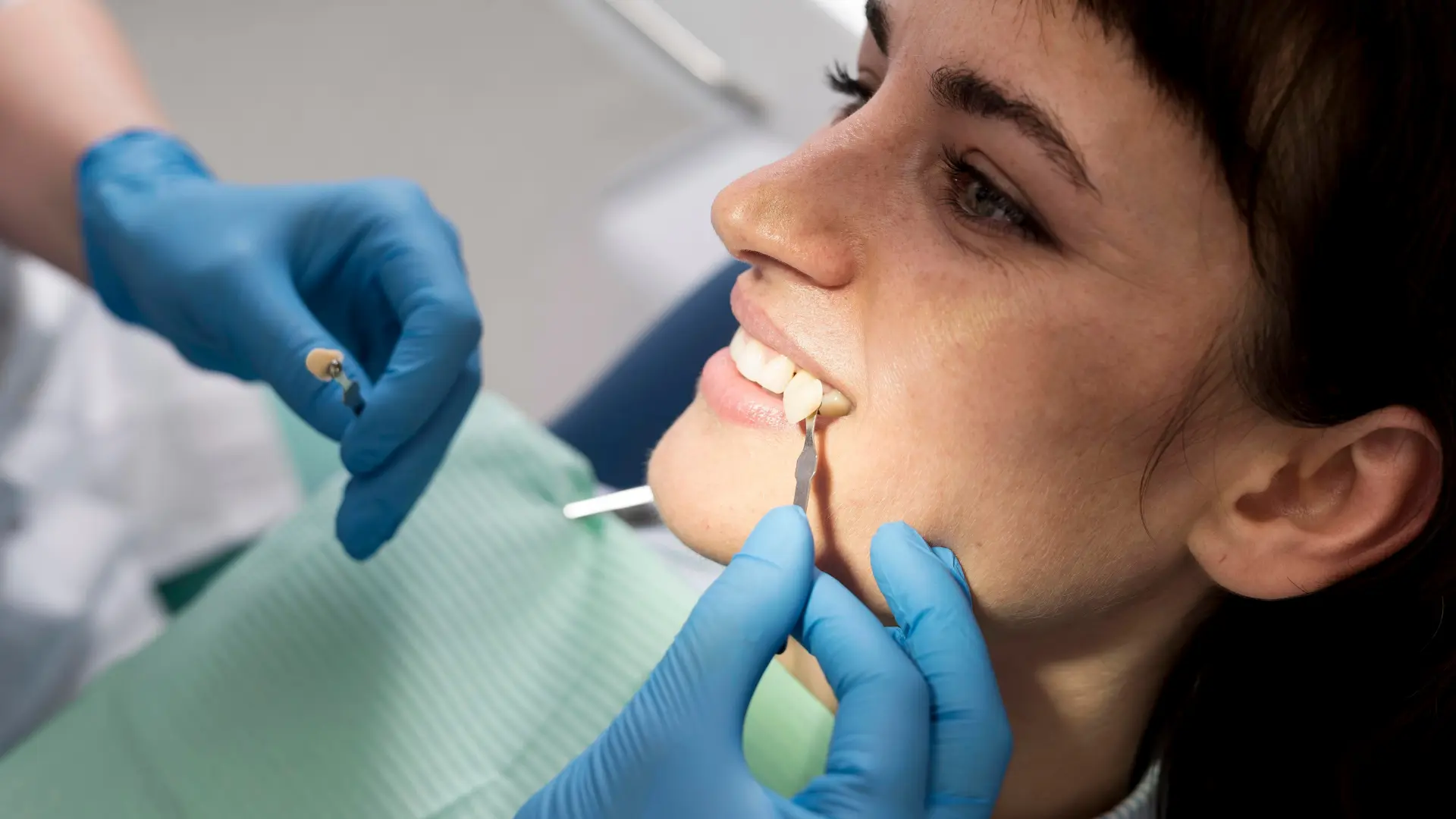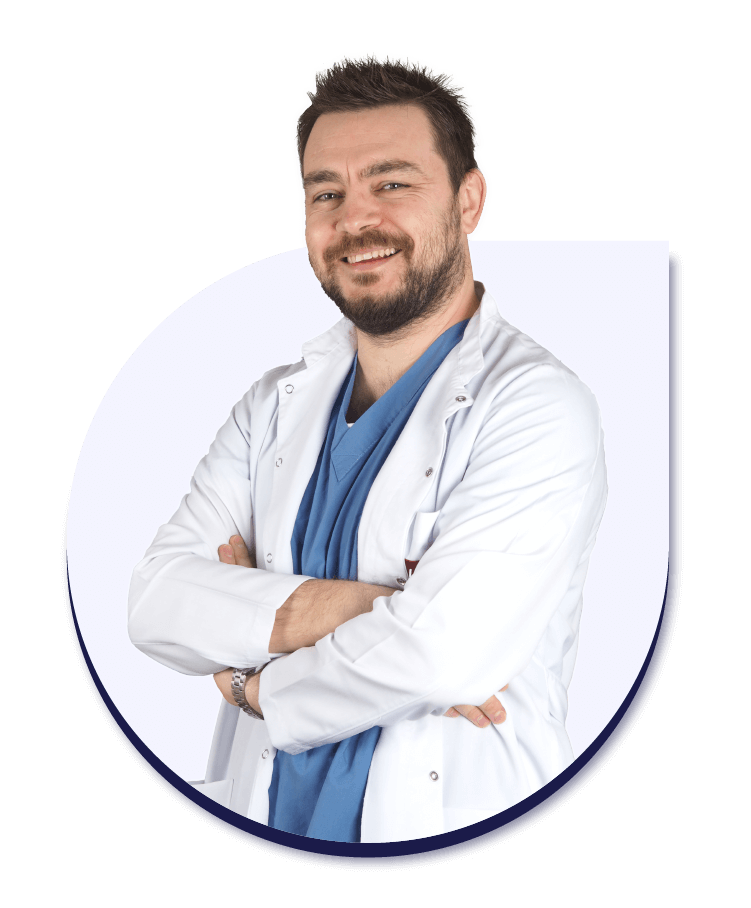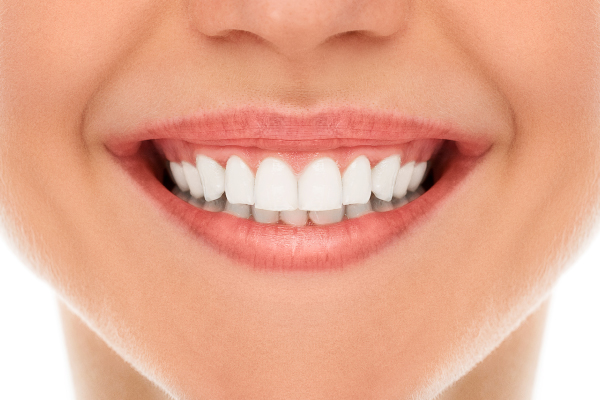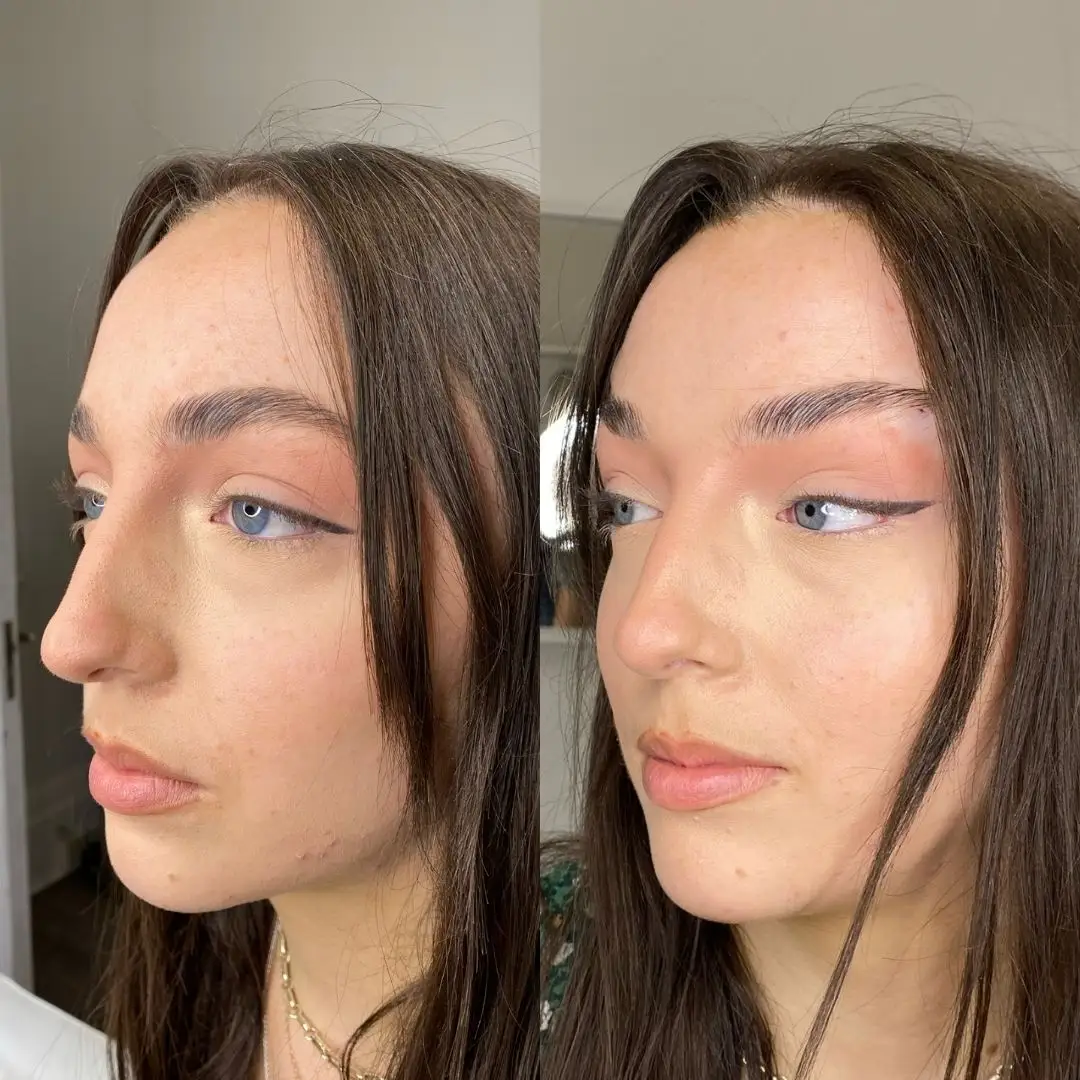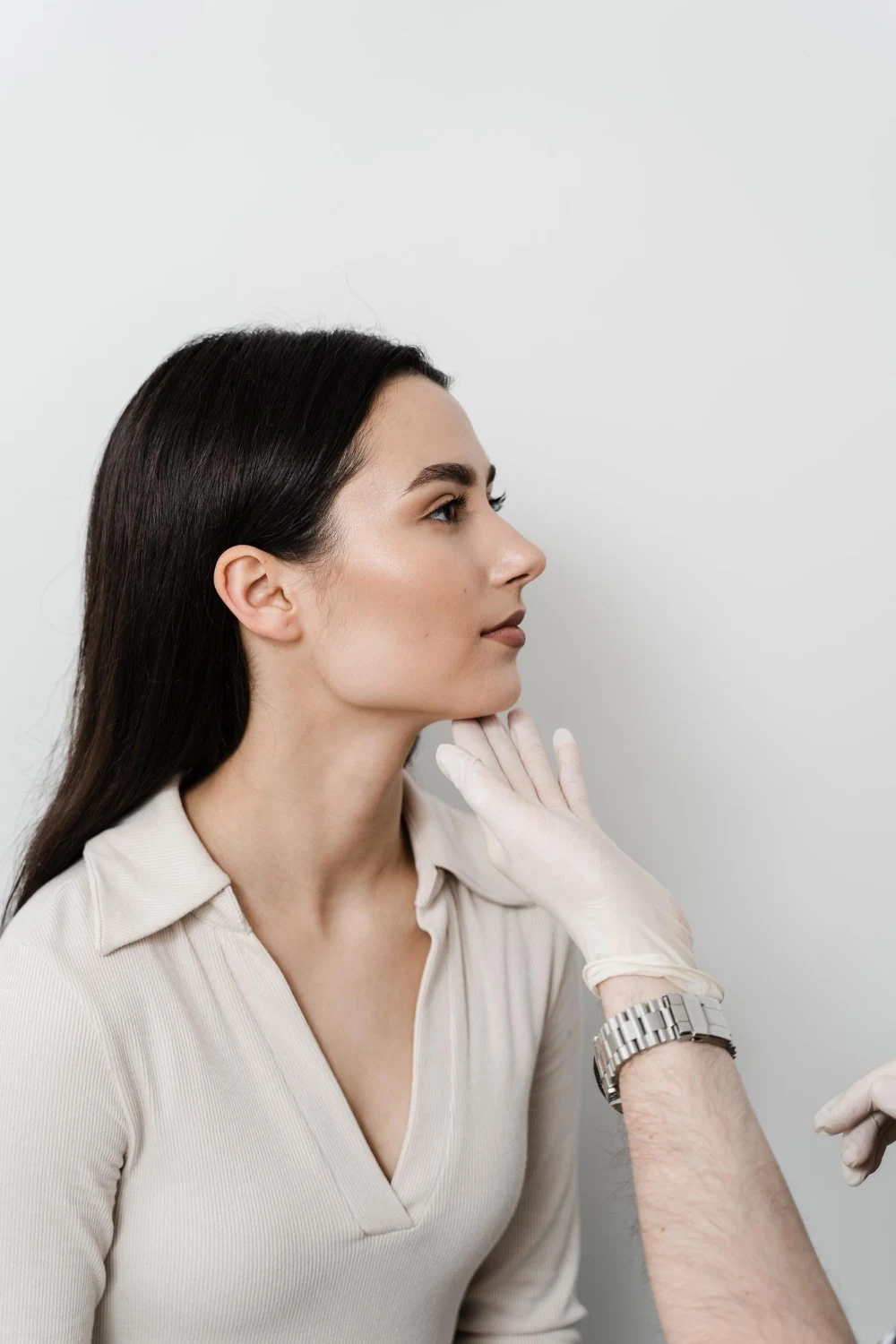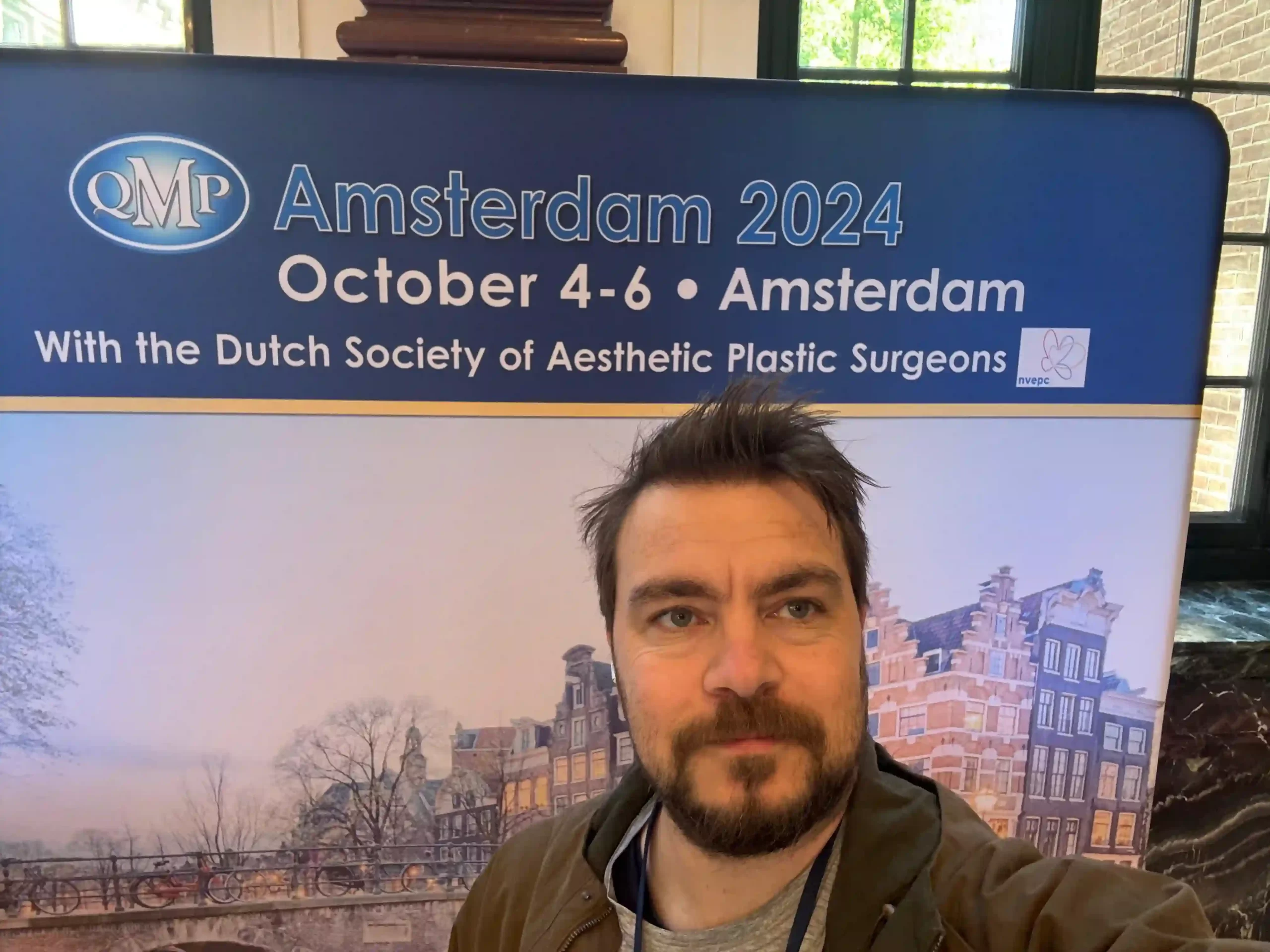Malocclusion or buck teeth is the dental condition of protruding upper front tooth beyond lower front teeth. Not only can this cause problems that will affect one’s smile, but it can also lead to other dental health problems.
Dr. Burak will take you on an overview of the causes, symptoms, types, treatments and preventative measures to buck teeth in this comprehensive guide.
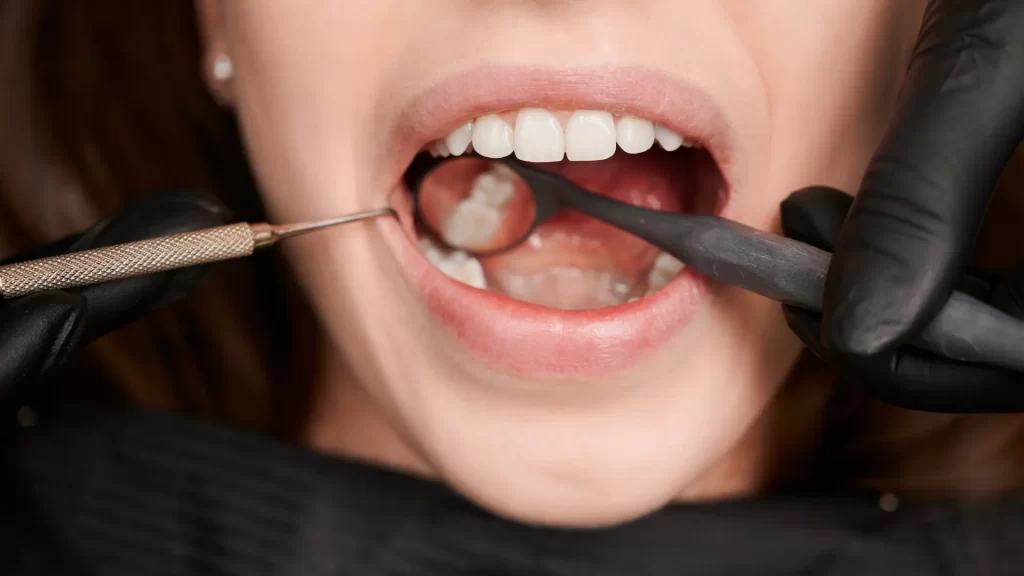
Understanding Malocclusion
There are many types of malocclusions, but all of them involve malalignment of teeth and jaws, and cause an improper bite. We need to remember that malocclusion can take many forms — crowding, spacing, standing overbites, standing underbites, and crossbites, to name a few.
Buck teeth refer specifically to a situation where the upper front teeth project excessively, so that the upper and lower teeth are unable to fit together properly. The lack of this balance can cause issues, not only with biting and chewing; but speaking and maintaining a good oral health.
Causes of Buck Teeth
There can be several causes for buck teeth. Let’s check them out:
1. Genetic Factors
Genetic predisposition is one of the main reasons for buck teeth. Having one or both parents with malocclusion increases the risk that the children will have the same issue. Misalignment can be due to genetic factors like it may cause the teeth to be in an odd size and shape.
2. Childhood Habits
Buck teeth may be developed by certain childhood habits. Finally, prolonged thumb sucking, use of pacifiers, or mouth breathing contribute to teeth and jaw growth and definitively learn teeth and jaw growth. However, these habits persist often beyond the age of normal development, making the malocclusion severe.
3. Early Tooth Loss
A gap in the dental arch is created by losing primary (baby) teeth prematurely. If these gaps are not treated quickly, the surrounding teeth can move into the empty space, and cause misalignment. The remaining teeth may become more crowded or misaligned which can lead to buck teeth.
4. Jaw Growth Discrepancies
Discrepancies in jaw growth result in malocclusion too. Protrusion of the upper teeth may develop when the upper jaw (maxilla) grows faster than the lower jaw (mandible). On the other hand, if the lower jaw grows too much, then the upper teeth appear as if they are bucking forward.
Symptoms of Buck Teeth
Buck teeth, or malocclusion, have a bunch of symptoms that make diagnosis easier:
1. Protruding Front Teeth
The symptom of buck teeth that is easily noticed is when the upper front teeth are prominent. It can be an aesthetic concern and cause a person to feel self conscious about his smile.
2. Difficulty Biting and Chewing
People with buck teeth have trouble biting into some foods because of this. This misalignment might lead your teeth to be unable to come together correctly, and hence affect your entire chewing efficiency.
3. Speech Difficulties
Buck teeth can affect speech by saying specific sounds. Lisps or difficulty making out certain phonemes can be a result of the positioning of the front teeth.
4. The risk of dental issues growing increases.
Wearing and getting damaged, the protruding teeth are more likely. When the jawbone goes away, it can also make it difficult to maintain proper oral hygiene, and lead to the increased risk of cavities and gum disease.
buck-teeth-types
Types of Malocclusion
Types of malocclusion are classified under three headings depending on the alignment of the teeth and the relationship of the upper and lower jaws. A normal bite (but where the teeth may be out of position) is typical of Class I malocclusion.
Buck teeth, or upper front teeth that protrude, can also be included in this category as the bite does not cause any problems with function. An overbite is a type of Class II malocclusion also known as retrognathism where the upper teeth are well over the lower teeth, often including a protruding jaw. If you have a misaligned bite, it’s very likely that your buck teeth will be more prominent.
On the contrary, Class III malocclusion, or what is called prognathism, occurs when the lower set of teeth is more anterior to the upper set. Though this type typically will not cause buck teeth, it may have an effect on the entire bite and alignment and lead to a number of dental complications.
Treatment Options for Buck Teeth
The treatment for buck teeth typically involves several approaches, primarily focusing on orthodontics. Orthodontic treatment is the most common method, utilizing braces, clear aligners, or other appliances to gradually reposition the teeth and jaws.
The duration of treatment can vary based on the severity of the malocclusion and the patient’s age. In some instances, tooth extraction may be necessary to create space for proper alignment, especially when overcrowding contributes to the malocclusion.
Removing certain teeth can facilitate the realignment of the remaining teeth. For more severe cases, particularly those with significant jaw discrepancies, jaw surgery—or orthognathic surgery—may be recommended to reposition the jaw for improved alignment and function.
Finally, after orthodontic treatment, retainers are typically prescribed to maintain the corrected position of the teeth, which is crucial for preventing relapse and ensuring long-term success in treating buck teeth.
Preventative Measures
There are several things you can do to promote healthy dental development in children. Starting early is important, especially when early visits to the dentist can discover problems related to tooth alignment and growth in the jaw. Malocclusion can be diminished early.
Moreover, parents should watch their children for bad habits, such as thumb sucking, or remaining attached to pacifiers for long periods of time, catching this soon enough will prevent the child from developing buck teeth.
Good oral hygiene is also essential to overall dental health, and brushing and flossing daily helps to avoid early tooth loss as a result of cavities and gum disease, a risk factor in malocclusion.
Additionally, knowledge of your child’s dental growth patterns can help you pinpoint problems early. The best way to address growth and alignment concerns is to consult with a pediatric dentist who can give you advice to help keep your child’s teeth on track.
Living with Buck Teeth
Having buck teeth can really impact your self esteem and your confidence and you can feel really self conscious about it and very socially anxious which you know means you tend to stay away from certain situations.
All those affected must look for support from friends, famiIy or therapists to deal with these emotions. But don’t worry, effective treatment options exist so individuals can navigate orthodontic treatment as a journey that will significantly enhance appearance and functionality.
It really is a positive thinking situation if you know that getting a healthy smile is a process. As the treatment moves along and people start to see progress of their smiles, their confidence climbs with it.
In addition to practicing healthy behaviors to develop self esteem, engaging in activities which improve feelings of self worth; for example, joining social groups or taking up hobbies may help further boost confidence through the treatment process.
Conclusion
Malocclusion, or buck teeth, is a common condition that many people suffer from and can seriously damage oral health and hit a person’s self esteem. This dental concern is one that can only be managed if you understand its causes, symptoms, among other options for treatment.
In those cases in which we can assist you, with the help of the dental professionals like Dr. Burak, you can start to adjust your smile for the better. If you or a loved one has buck teeth, regular check ups and early intervention coupled with the commitment to treatment can greatly increase the quality of life.

